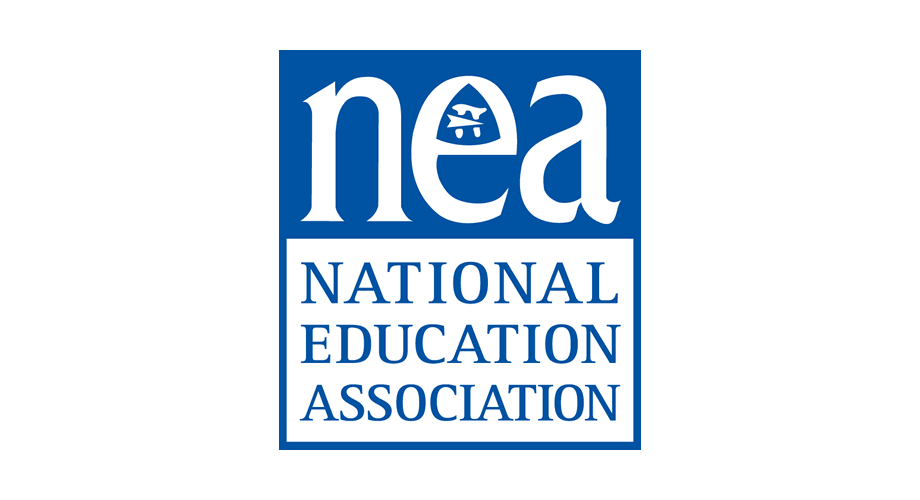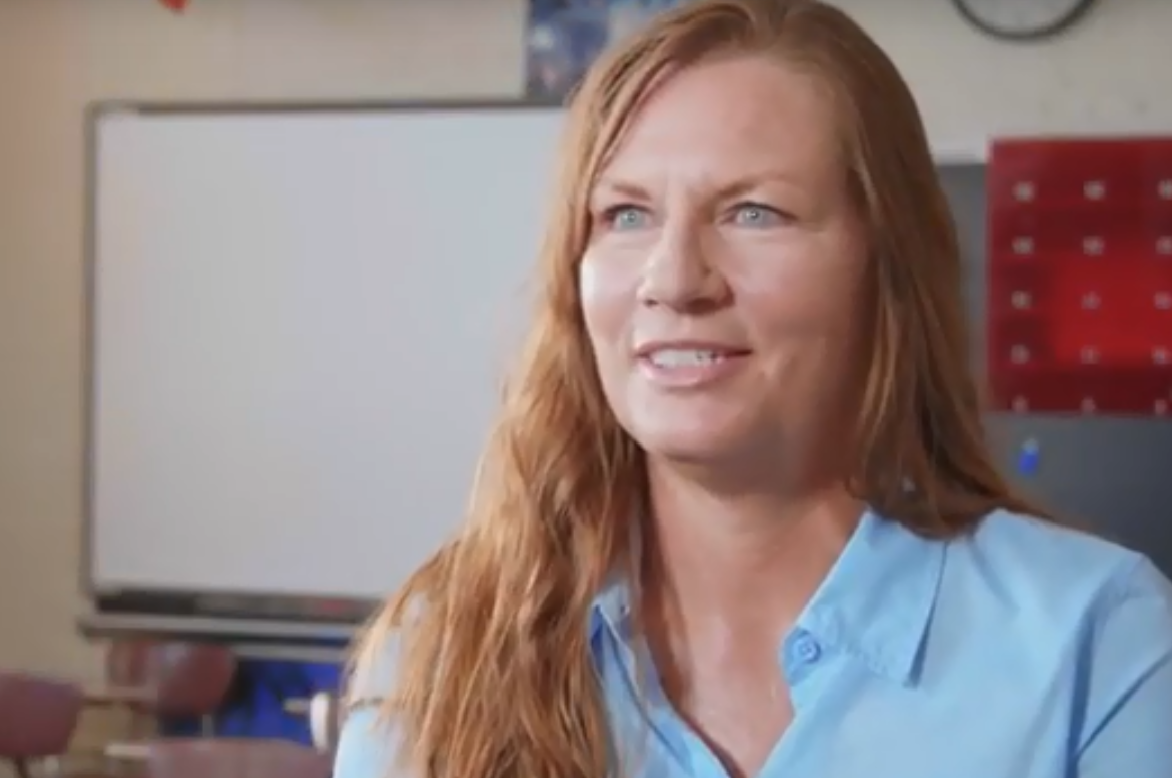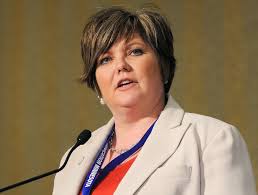
Forward: Mike Antonucci is an amazing reporter in the teachers’ union space. We do not think anyone spends more time watching the union for teachers, and he always seems to get great “scoops.” If you want to keep an eye on the teachers’ unions here and around the country, he…

“I was a satisfied, enthusiastic union member for many years. I became involved because I wanted to try to address the pressures on my classroom that were coming from outside of my classroom,” Sharon shares. “I followed the normal route, I got involved in my building as a union rep… and thought I was advocating for my colleagues, for my students, and for my association, for my union.”

Happy Halloween! Hope you are having fun with your students today. Today is the last day to get your forms in the mail.
The request forms are available only in the October issue of the Minnesota Educator (pages 13 and 8).
If you are a “continuing member,” you must submit your…

Meanwhile, the union was anticipating the Supreme Court’s ruling and subsequently, a possible drop in membership. To maintain its numbers, Education Minnesota would need to fortify its membership and bank accounts. Last year, the union increased the amount deducted from each member’s annual union dues for its political action committee from $15 to $25. (If members want to opt out of that donation, they have to jump through a few hoops: Fill out a form included in an issue of the union’s magazine — and not a photocopied version — and submit it by the end of October, or within 30 days of signing on as a union member.)

A union supporter, Amy, wrote in on Facebook to say she was proud to pay her union dues, including the $25 to the PAC and the $5 to the Educational Foundation.
Here is how Educated Teachers responded:
Amy, good for you but these are not “dues.” The $25 is PAC…

An activist court ruling. Metrowide racial balancing of schools. An end to local control. Sum total?
This Sunday Cover Op-ed appeared in the Star Tribune on October 7, 2018.
On July 25, the Minnesota Supreme Court issued a ruling with far-reaching and troubling consequences for K-12…

Education Minnesota Members, do you have your October issue of the Minnesota Educator?
Each year Education Minnesota charges member teachers and education support professionals (ESPs) $25.00 for its political action committee or “PAC.” PAC money is spent on political parties, candidates and other political funds. According to a recent filing, Education Minnesota…

Education Minnesota only allows teacher and ESP members to resign or "opt-out" of union membership and dues deductions during a narrow 7-day window that just closed Sunday night, September 30. What if you missed that window? Any public employee who wishes to resign from the union, and end the deduction of union fees, is free to use this website to generate a resignation letter.

Today is the last day that teachers and ESPs in Minnesota can resign according to the terms of the union card. This is your choice. The Supreme Court said you have to give your affirmative consent. This means you can resign without paying any fees or losing your job, but for now you are limited to the 7-day window. There is still time to resign.